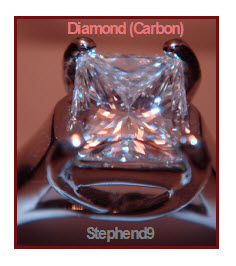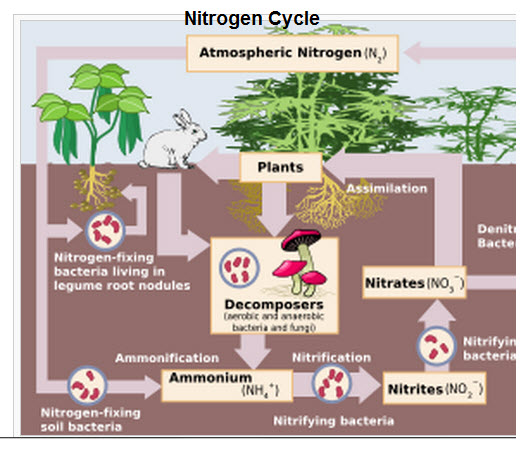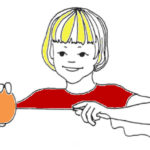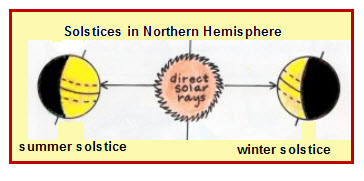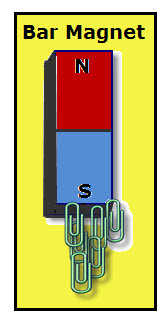The Moon’s landscape causes shadows which creates a pattern. Some say the shadows form a shape like a person, thus they refer to the shadows as the “Man in the Moon.” Observe the photo of the Moon shown. Do you see any particular shape formed by the shadows? The shadows never looked like a man […]
Archives for 2010
Carbon
Carbon: A Natural Element There are 100+ different kinds of elements found naturally on Earth. Carbon is one of them. Carbon is fun to study. Carbon atoms link together forming different kinds of stuff. For example, the diamond shown in the photo is made of carbon atoms. Question: Are the carbon atoms in diamonds just […]
The Importance of Air
The Earth’s Atmosphere is a mixture of gases called air. The amount of each type of gas in air is about 78% nitrogen, 21 % oxygen, and 1% of other gases, including carbon dioxide, argon, and water vapor. Nitrogen, oxygen, and carbon dioxide are part of the life processes of plants and animals. Nitrogen CyclePlants […]
Allelopathy
Facts: Allelopathy is a chemical process that a plant uses to keep other plants from growing too close to it. Examples of plants that use allelopathy are black walnut trees, sunflowers, wormwoods, sagebrushes, and trees of heaven. Allelopathic plants release chemicals that affect the growth of other plants. Ways that these chemicals are released include: […]
Sound: Clucking Chicken
A noise-maker that sounds much like a clucking chicken as well as a crowing rooster can be made using the following steps. 1. Using a 16-ounce (480–ml) yellow plastic cup, ask an adult to punch two holes in the bottom of the cup. This can be done with an ice pick or other sharp pointed […]
Sound Waves
Sound is a type of energy that moves through material causing the material to vibrate. Sound is also vibrations that cause the sense of hearing. Vibrate means that a material moves back and forth or up and down. Sound energy causes a material to move back and forth in the same direction that the sound […]
Seed Parts
The diagram shows shows the inside of a pinto bean. The embryo is the part of the bean seed that develops into a bean plant. The remaining part, called the cotyledon, is the food for the developing embryo. Use the diagram to identify the following parts of the embryo. embryo –the immature plant inside a […]
Equinox vs. Solstice
Times of sunrise and sunset change daily throughout the year as Earth revolves around the Sun. Changes in seasons are linked to the regular changes in the hours of daylight and darkness throughout the ear. The equatorial region (tropics) between the Tropic of Cancer and the Tropic of Capricorn has about an equal amount of […]
Science Inquiry: Hypothesis
How to Write a Hypothesis. Use words from the Word Bank to complete the hypothesis for the experiment problem. Word Bankdecreases increases Experiment Problem: How does the strength of a magnet affect the number of paper clips it can pick up? Hypothesis: As the strength of a magnet ? the number of paper clips it […]
Scientific Method Scripted Lesson
Following is a lessons prepared for a pre-K class. It can be adapted for any age group. ——————————————————————————- This lesson uses the mixing of primary colors to teach how the five senses are used to make observations. Hypothesis, called guesses for young learners, will be made and testing done to determine if the hypothesis is […]
- « Previous Page
- 1
- …
- 24
- 25
- 26
- 27
- 28
- …
- 54
- Next Page »
